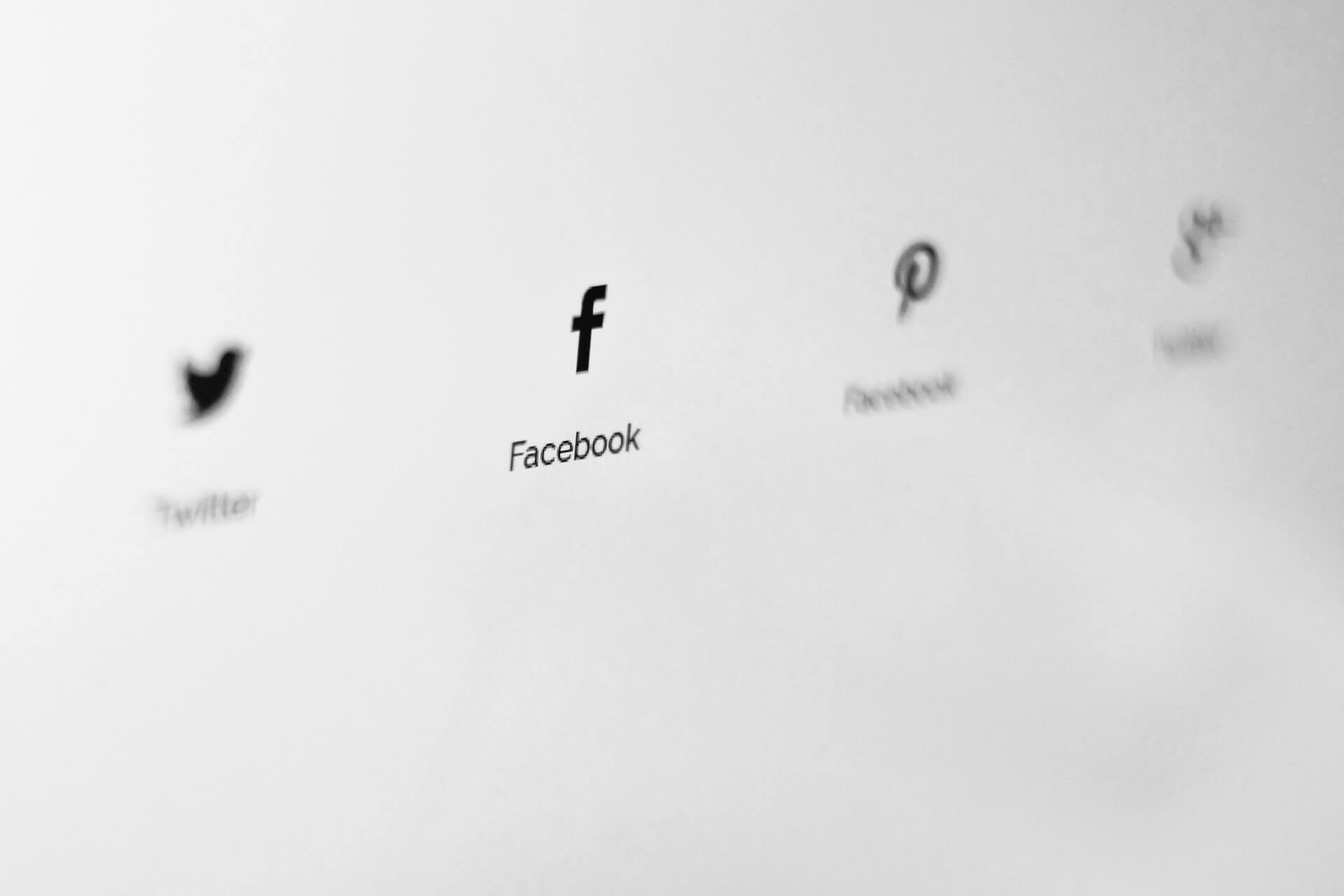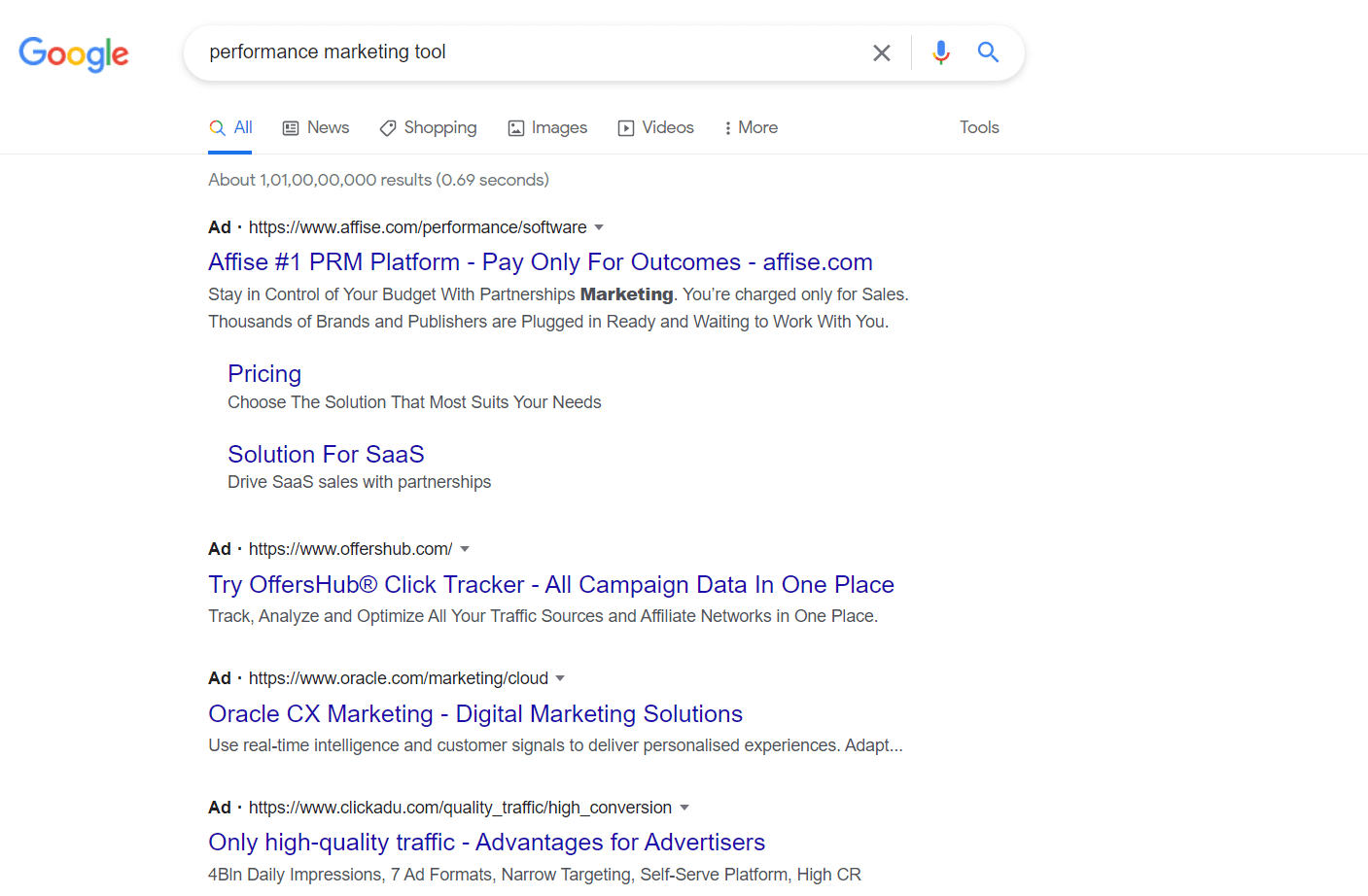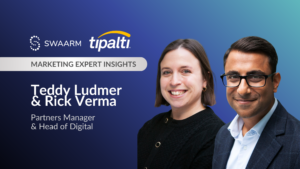Global advertising revenue increased to $763.2 billion in 2021; this year, it is projected to grow again to $836.9 billion. It, therefore, goes without saying many companies and brands derive a lot of value from paid advertising—but what is it? In simple terms, paid advertising refers to any form of advertising you pay money for.
In digital marketing, paid ads allow you to rent a space on a platform to target a specific audience. As a marketer, you can run your offer using advertising. Most paid-advertising models follow a simple bidding process to determine the amount the marketers should pay to the ad-space owner.
Is paid advertising suitable for your business?
“Nobody counts the number of ads you run; they just remember the impression you make.”
– Bill Bernbach
One of the best ways to run effective marketing campaigns is through paid advertising. You will have to spend more money on paid advertising than owned or earned advertising.
If you want a large audience to know about your product or app, you should plan on using paid advertising in your marketing efforts.
It is one of the most effective ways of engaging your target audience(s). And in this advertising model, the only limit is your budget.
Earned Advertising: This form of advertising refers to any earned content, material, or advertising your business gets without paying a penny.
Third-party companies indeed publish this kind of media. However, companies can position themselves in a way that can help them cultivate media opportunities.
Some examples of earned advertising are newspaper articles, social media mentions, reposts, shares, and reviews.
Owned Advertising: This form of advertising refers to the brand or company’s media.
Examples of owned marketing: Company websites, mobile apps, brochures, posters, presence on social media channels such as Facebook, Twitter, LinkedIn, Instagram, etc.
Investing time and effort in owned advertising is one of the best ways of garnering visibility and generating traffic. After all, traffic growth depends on the success of content marketing tactics and strategies.
To get the best results, however, owned advertising requires a lot of time and effort from marketers and brands. Nevertheless, when done in order, the effects of this strategy can be long-lasting.
4 Factors to consider when working on paid advertising
The Role of Artificial Intelligence (AI)
Artificial intelligence is revolutionizing paid advertising, optimizing targeting, and personalizing content. AI algorithms analyze user behavior, improving ad relevance and overall campaign performance. As marketers harness the power of AI, they unlock new levels of precision and efficiency in crafting impactful, data-driven ad strategies.
User-generated content in paid campaigns
Integrating user-generated content into paid campaigns adds authenticity and trust. Customer testimonials, reviews, and images sourced from users resonate with audiences, fostering genuine connections. Brands leveraging user-generated content in paid advertising cultivate a community-driven approach, creating compelling narratives that resonate beyond traditional marketing messages.
Voice search and paid advertising
The rise of voice search has reshaped paid advertising strategies. Marketers now optimize for conversational queries, tailoring ad content to align with natural language patterns. Voice-activated devices prompt a shift in keyword targeting, emphasizing long-tail and colloquial phrases. Adapting to this trend ensures brands maintain visibility in the evolving voice search landscape.
Programmatic advertising insights
Programmatic advertising transforms the digital advertising landscape through automated, data-driven processes. Real-time bidding, precise audience targeting, and dynamic ad placements characterize programmatic campaigns.
Marketers benefit from efficiency, scalability, and enhanced targeting accuracy, optimizing ad spend. Insights gained from programmatic advertising empower brands to make informed decisions, continually refining and improving their advertising strategies.
Types of paid advertisement
There are different forms of paid advertising. Marketers have the liberty of picking those they think will work magic for their product or service.
Here are some of the major ones that companies and brands are using to get optimal results and benefits:
Display ads
Display advertising is one method of attracting a target audience to a website, social media platform, or any other digital medium.
There are different forms of display ads such as texts, videos, and images, to name a few. Usually, these ads link to a landing page that prompts a user to do something, such as making a purchase.
Most online and display advertising campaigns run on a cost-per-click (CPC) model. It means that you, as a marketer, only pay when a user clicks on the ad.
If they do not click the ad, the marketer does not pay anything. Companies or brands can use this particular ad strategy even for retargeting campaigns.
If a person has visited the website before, you can use this advertising method to reach out to them again. Doing this will help you bring them back and—hopefully—perform the desired action, whether it be making a purchase or signing up for a service.
Social media ads
Image source: Unsplash
Social media ads refer to advertisements that you can run on various social media platforms such as LinkedIn, Facebook, Twitter, Instagram, etc.
For example, LinkedIn ads help you target business-to-business (B2B) audiences, whereas Facebook and YouTube ads can help you target both B2B and Business-to-consumer (B2C) audiences.
Paid social media ads are among the most popular advertising models that many companies and brands prefer using. It is undoubtedly today one of the most effective online ad formats.
Even though social media ads cost significantly less, they can help you reach a wider audience of people, bringing in a healthy return on investment (ROI).
Social media ads are the best option if you want your product or app to penetrate a new market. It is, therefore, wise to set some budget aside for advertising in your social media marketing plan.
Pay-per-click
Pay-per-click (PPC) is an online paid advertising model that allows advertisers to pay a fee only when someone clicks on the ad. It is one of the best ways to purchase visits rather than earn organic visits. One of the most popular forms of PPC is search engine advertising.
For example, if a person is searching for a “performance marketing tool,” they can type in that phrase in the Google search engine or other search engines to get different results. You might find various ads on the top of the results page with the inscription “ad.”
Video ad
Did you know that around 86% of businesses use video ads to reach their potential customers? You can run video ads on various social media platforms like Vimeo, YouTube, or Facebook.
Almost 94% of marketers believe that video ads help increase a consumer’s understanding of a product or service. Indeed, around 244.4 million people surveyed in the US claim to love videos, a figure that is certain to increase in the years to come.
Influencer marketing
Advertisers use famous personalities—known as ‘influencers’—on social media platforms to promote their products and services. Product placements and endorsements are the methods through which influencers can impact sales. Experts believe that the influencer marketing industry will reach $16.4 billion by 2022.
Native advertising
Native advertising is one of the forms of paid advertising that can easily match the appearance, function, and feel of the media format in which they appear. The reason for this is that native ads don’t really seem like adverts at all.
Since you can create them to look like they are part of a web page’s ‘normal’ content, your potential customers will not suspect that what they are looking at or reading is a paid ad.
Taboola and Outbrain are popular platforms for native advertising in the digital ad market. As such, native advertising is one of the marketing strategies your plans need to embrace.
Retargeting/remarketing
Remarketing ads focus on sending ads to customers to reengage with them. These ads can generate higher conversions while lowering ad spending. It is one of the marketing strategies that every successful business should embrace.
Retargeting ads also focus on serving ads to people who have already visited your website in the past. In some cases, they are already a contact in your database.
Microsoft ads
Microsoft ad, also known as Bing Ads, is a service that allows users to advertise on Yahoo, DuckDuckGo, and Bing search engines. They follow the PPC advertising model.
Should I use paid ads?
There are several factors to consider when planning to use paid ads. Here are some of them:
Budget: Paid advertising is expensive, especially when you do not know what you are doing. Do you have a budget to run ads? If yes, plan to improve your knowledge in this sphere before taking things forward.
Return on Investment: When considering using a paid ad, you must understand your ROI potential. For every dollar you spend, how much are you expecting in return? You might get customers by running ads but how good is the ROI? Consider this aspect and only use those paid advertising types that steer your business toward a healthy ROI.
Photo by Brian Jones on Unsplash
Benefits of paid advertising
While there are numerous benefits to paid advertising, here are some of the most compelling ones:
- Quick results: If you want instant results, paid advertising campaigns are the best way to reach your target audience quickly. Within a few hours of the campaign going live, visitors will begin coming to your website.
- Diverse ways to target: You cannot target a specific group of people using organic marketing. But, when it comes to paid ads, you can use filters or keywords as an example to target an audience that might be interested in your product or service. When you compare it with organic marketing, conversions with paid marketing are higher.
- Highly scalable: If you want to scale your business, paid ads are the right option. Depending on your budget, your reach will increase.
- Measurable: Now, the best part about paid advertising is that you can measure how each of your ad campaigns is performing. You can check the results and modify the ads to get the best outcome. If things are not working, you can stop the campaign.
In conclusion
Paid advertising refers to marketing where you spend money on an ad campaign to reach a target audience. It is one of the best ways of gaining customers quickly—and of improving results, too.
There are many different types of paid ads. Not every paid advertising type will work well for you. To find what’s best, research your options and pick those paid ads that will yield positive results.
Depending on your paid advertising budget, you can use this strategy to reach potential customers, build brand awareness, and increase conversions.






